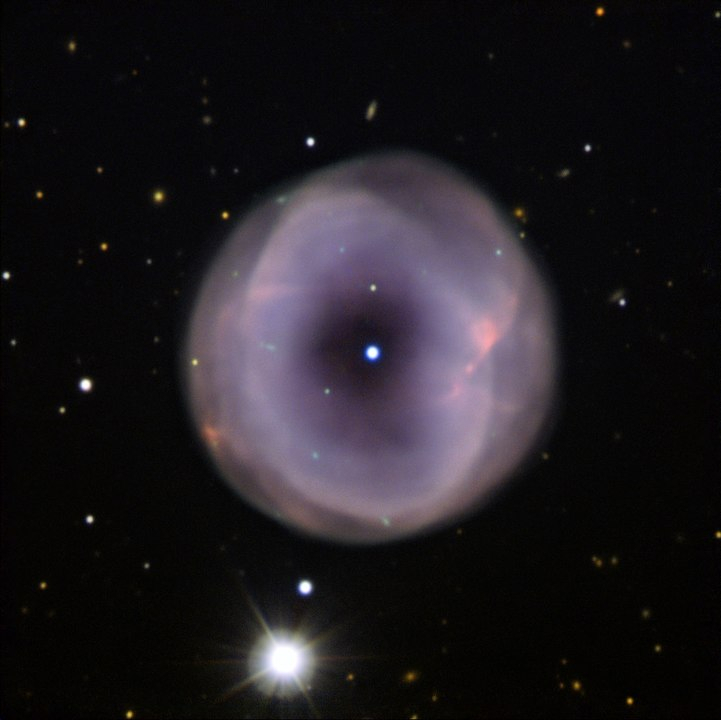The Chandra X-ray Observatory operated by NASA recently shared a photo of an expanding nebula created by a dying star. Due to the shape created by the stellar structure, it has been referred to as the Spare Tire Nebula.
The cosmic object featured in the photo shared by NASA is known as IC 5148. It is classified as a planetary nebula that was first discovered in 1894 by Walter Gale, an amateur astronomer from Australia.

Remnants Of A Dying Star
IC 5148 is located about 3,000 light-years from Earth. As a nebula, it was formed by a white dwarf star that is approaching the end of its life cycle. According to the European Southern Observatory (ESO), the star that created IC 5148 is more massive than the Sun. As it begins to run out of energy, the massive star sheds off its outer layers. The emissions of the star then interact with its surroundings, creating a massive nebula.
"When a star with a mass similar to or a few times more than that of our Sun approaches the end of its life, its outer layers are thrown off into space," the ESO explained. "The expanding gas is illuminated by the hot remaining core of the star at the center, forming the planetary nebula, which often takes on a beautiful, glowing shape."
Creating A Cosmic Tire
As noted by the ESO, the star at the center of the nebula is still going through the process of dying. Because of this, the nebula it has created is still growing and expanding. According to the observatory, the nebula is expanding at a rate of about 50 kilometers per second.
Its expansion has created a massive circular structure with a hollow center. When it was first discovered using small amateur telescopes, IC 5148 appeared differently. It appeared like a ring with a glowing center due to the white dwarf star. This lead early astronomers to refer to IC 5148 as the Spare Tire nebula due to its shape.









